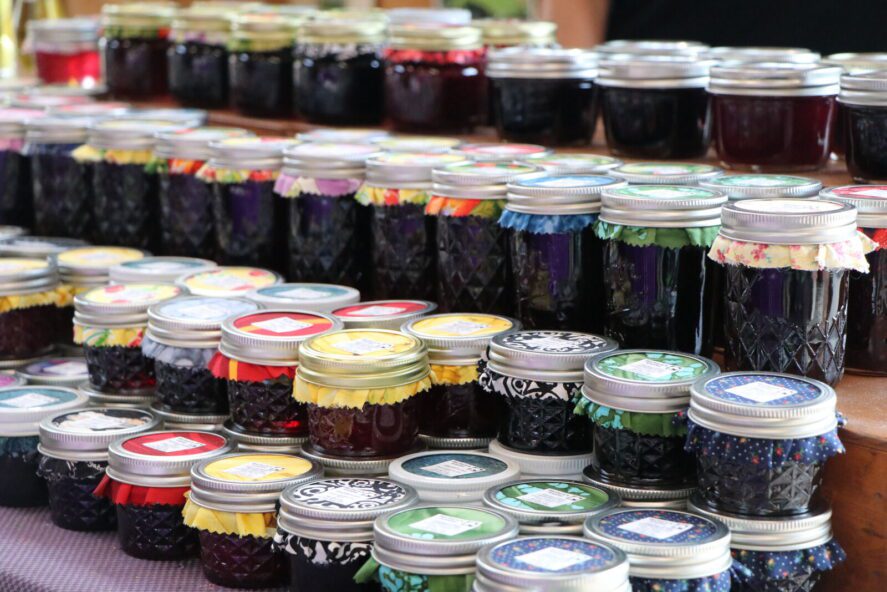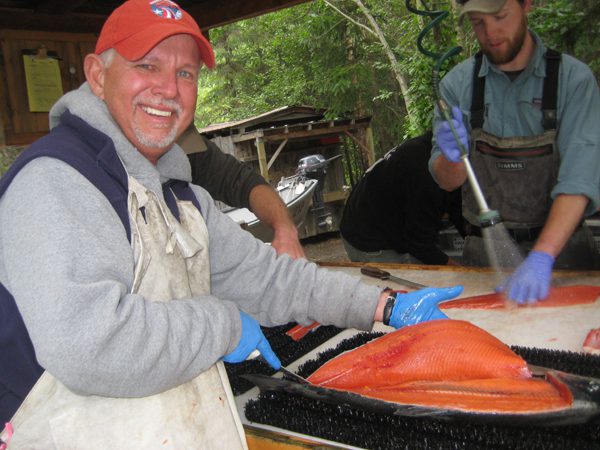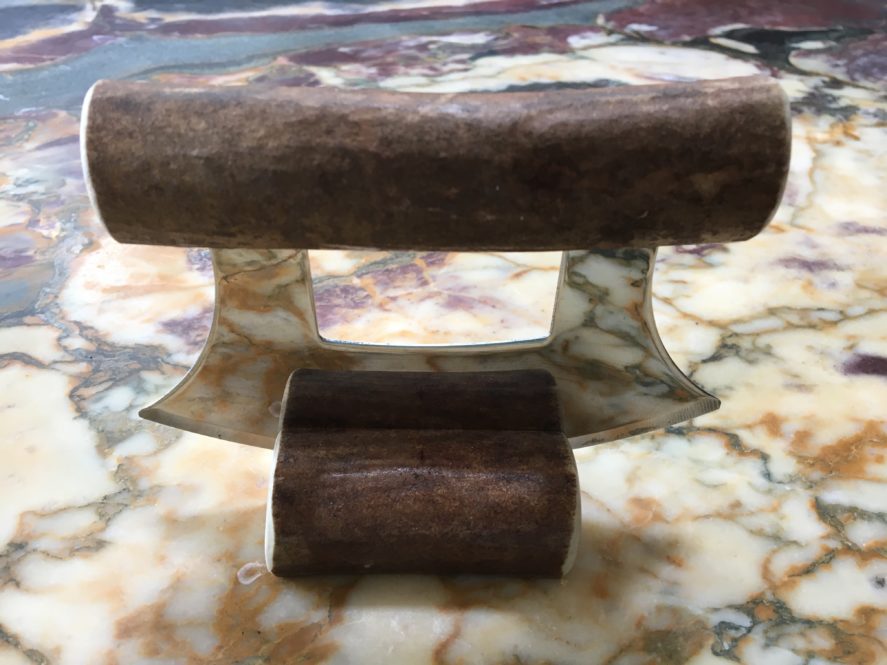You’ve savored Alaska’s cuisine and basked in every bite of your Alaskan dining experiences. You’ve enjoyed dishes you’ve anticipated and even dreamed about, seen locally farmed produce taken to Denali-level culinary heights, and savored unique meals in a special and unforgettable place. But now you’re headed home, far from these culinary delights. What to do?
You can get a head start by filling any extra luggage space with Alaska-grown goodies and remember, it’s easy to ship any Alaska-caught fish home for enjoying upon your return. Here are some other ways to keep the Alaska culinary dream alive and share it with friends and family when you return home…
Find Alaska-Made Foodstuffs Right Where You Live
Alaska’s magical menu items – and the ingredients and techniques that make them so memorable – are often easier to obtain than you might think. While you can’t find the full array of Alaska fixings stocked outside the state, you can certainly score many mainstay items online and even at specialty food distributors across the country. Today, more than ever, there’s year-round, wide-spread access to Alaska’s finest and favorite foods and fixings. That’s thanks to an ambitious and creative collective of cooks, artisans and entrepreneurs who make Alaska’s farmers’ markets so vibrant and many that offers those same goods online. And while it’s tough to find the freshest Alaska fruits and vegetables afar, it isn’t impossible.
Alaska’s most important and popular palate pleaser – the state’s spectacular seafood – is widely distributed in the Lower 48 and even around the world. In fact, there’s always an abundance of fresh Alaska seafood – King Crab, salmon and halibut, shrimp and scallops, clams, oysters and muscles – that can quickly arrive in your kitchen. You may pick it up at a local market or enjoy the ease of having it shipped to your doorstep via a few mouse pad clicks. And while Alaska game meat isn’t readily available, a suite of Alaska meats converted to jerky, sausage and more can be popular replacements.

The Tanana Valley Farmers’ Market (Bill Wright/Explore Fairbanks)
Alaska Recipes: Serve Them Up With Your Own Style
Here are a few more tips and ingredients to help you serve up your favorite Alaska meals at home, wow your guests, and give yourself a momentary mouth-watering flavor flashback to your northern dining adventures.
The most obvious authenticity advice is to use Alaska-grown foods and Alaska-produced ingredients as often as possible. Other ways to add some far north flavor to any meal is by incorporating Alaska-produced jams, honeys and syrups, salts and seasonings, teas and coffees, even sourdough starter.
Treat your guests – and yourself – to a morning of sourdough pancakes with blueberry syrup and you’ll swear you hit the Gold Rush breakfast bonanza. Alaska blueberries might seem tame compared to smoked salmon, but these sassy berries bring tart, tangy and sweet flavors, a blast of bright color, and an Alaska connection to many dishes. Just imagine the possibilities: for breakfast in yogurt and pancakes and as jam on toast; for snacks and sides in muffins and on salads; for entrees as chutneys and sauces; and for desserts stirred into ice cream and hidden within coffee cakes.
Speaking of striking it rich, you can add smoked Alaska salmon – a sprinkle, a handful or a full filet – to just about any meal and instantly make it decidedly more decadent and delicious. Try it on a salad, with breakfast (or breakfast for dinner) eggs, with pastas, and even atop your beloved local cheese or Margherita pizza. Now that’s a first-class upgrade to an Alaska bite!

Quench your thirst and complement your meal with an Alaska-made beer, a few brands of which are available across the country. The easiest way to incorporate beer into a meal is to pour it into a glass and start sipping as a refreshing pairing. But you can use Alaska beer within many recipes, as well – pour an amber, IPA or stout into stews, soups and chilis; crack a cold one for the flavorful base of your backyard beer-can chicken; empty a bottle or can into a slow cooker or insta-cooker along with a nice piece of pork, and you’ll have some amazing pulled pork for tacos or sandwiches in no time. Or, of course, stir any Alaska beer into the batter for a tangy addition to your deep-fried Alaska halibut or rock fish.
Choose Your Culinary Weapons – Alaska Style
In a modern cooking landscape where people want their food fast and their cooking devices to do the thinking and work, many Alaska cooks steadfastly believe that a cast-iron pan is worth its weight in Klondike gold. Doubt the utility and ability of this heavyweight pan? Well, you can use it with equal range in the kitchen and at the campfire. And it can cook delicate eggs along with a side of bacon, sear a salmon filet or fry halibut chunks. Cast iron can even make a sourdough-based cake or a sweet-and-sour Alaska crisp and cobbler – rhubarb, blueberry, whatever – for dessert.
The ultimate Alaska kitchen tool is the ulu. While many visitors take these traditional cutting utensils home to display as keepsakes, shrewd chefs put them to work. The seemingly simple tool – a sturdy handle atop a small, often curved and very sharp blade – has been used by Alaska Native people, and many others, for thousands of years. It is tough, so it can slice practically anything you bring into the kitchen. And placed in a skilled hand, it can also delicately take the skin off of a fish, efficiently dice fruits and vegetables, and do the job of just about any kitchen knife.

Take home an authentic Alaska Ulu for food preparation after your Alaska tour.
Striving for perfectly prepared Alaska salmon? It’s in the bag. Well, technically it’s on the bag. The Brown Paper Bag Technique is a cooking trick of Alaska grill-masters, who have used the approach to nail thoroughly cooked, but incredibly moist and flavorful salmon filets. Ready for this? Just put your beautiful, rinsed and dried salmon filet onto a brown paper bag. Cut the outline of the filet, then place the filet skin-side down atop the paper on your warm grill, away from direct flames. Sprinkle the fish with some simple seasonings, a drizzle of oil and maybe a splash of citrus. Surprisingly, the bag will not burn and neither will the fish. In fact, the paper stays intact and helps your salmon cook evenly and sensationally. Just pick at the fish until the thickest portion begins to flake; when it does, it’s done. Amazing, right? You’ll be more astounded when you see the meat separate from the skin, which remains stuck to the paper. How easy, and cool, is that?
A more popular approach to grilling a flavorful filet is using a cedar plank as the base between salmon meat and heat. And unlike a razor-thin slice of brown paper bag, a cedar plank can hold the heft of more than just a piece of fish. Load up the fish with sauces and marinates, veggies and sides, then place the water-soaked wood on the grill. The slowly smoldering cedar instantly adds a gentle smoky touch to all of the plank passengers. Want a wildcard? Put a few Alaska crab legs or shrimp on the plank and go crazy over that wonderful meat. In fact, pull any meal off the wood and out of the grill and you’ll happily walk the plank directly to your plate!
Alaska Cookbooks: Invest in Success
Why reinvent the wheel on a classic Alaska meal when the originals are already perfect? And if you do choose to take a twist on a definitive Alaska meal, do it with some confidence! There’s a cottage industry and long legacy of Alaska cookbooks that offer education, inspiration and an endless lineup of recipes for adventurous, curious and cautious cooks. Some books chronicle Alaska’s food history and traditional with the simple and filling recipes of earlier eras (many of which still stand up today); others provide modern approaches and expanded components that make Alaska standards extra sensational and also bringing new masterpieces to life. And really, a few cookbooks are a lot easier to get home than a giant Mat-Su cabbage.
Another pro tip: take notes, or even photos, of menus at Alaska dining establishments. Then, most chefs, servers and restaurateurs will openly and proudly fess up their ingredients and preparations if you just write to them
